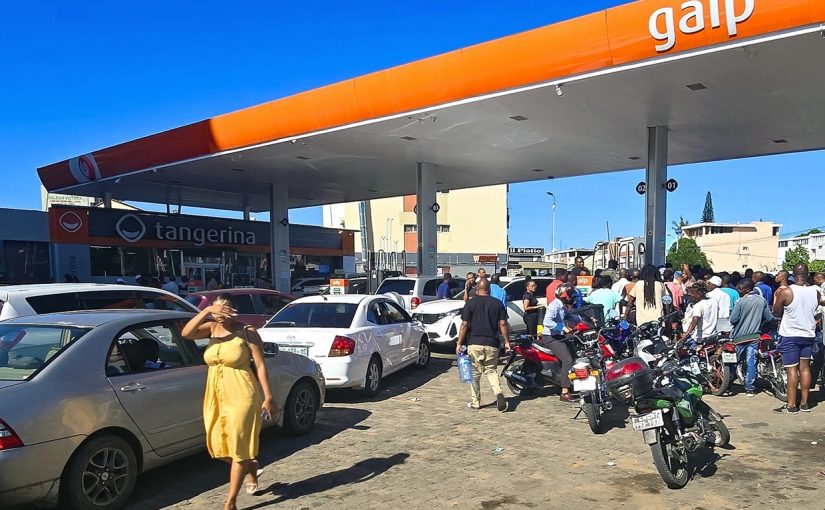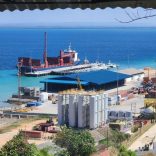Mozambique: Port of Pemba boosts Cabo Delgado's economy with graphite exports
Mozambique:’s fuel import bill fell 15% in 2024

FILE - For illustration purposes only. [File photo: Lusa]
The cost of fuel imports by Mozambique fell 15% in 2024, to the equivalent of €1.085 billion, the lowest figure since the Covid-19 pandemic, according to data from the central bank.
According to a statistical report from the Bank of Mozambique to which Lusa had access this Friday, the country’s fuel imports from January to December amounted to almost US$1.198 billion (€1.085 billion), while in the whole of 2023 the bill reached US$1.417 billion (€1.283 billion).
This performance follows the decline in the Mozambican economy, of 4.87% in the fourth quarter of 2024, year-on-year, a period marked by post-election protests in the country, according to government data previously reported by Lusa.
“Gross domestic product at market prices (GDPpm) showed a negative variation of 4.87% in the fourth quarter of 2024, when compared to the same period in 2023, totalling 1.85% [for the year],” reads the budget execution report for last year from the Ministry of Finance.
In addition to the impacts of climate change, with severe droughts and cyclones ravaging the country, the document also acknowledges “the negative impact of the post-election demonstrations recorded in the last quarter of 2024”, which “affected economic and social activities”.
In 2020 and 2021, during a period affected by the Covid-19 pandemic, fuel imports had cost Mozambique, respectively, US$541.8 million (€491 million) and US$946.9 million (€857.5 million), followed by the highest amount in recent years in 2022, of US$1,966 million (€1,780 million).
More recently, the country has faced a fuel supply crisis associated with the lack of foreign currency on the market, leading the Bank of Mozambique to announce measures to promote the availability of foreign currency to cover import needs.
The Bank of Mozambique announced in June, 2023, that it would no longer contribute to the country’s fuel import bills abroad, considering that the amounts can already be borne by commercial banks.
The contribution dated back to 2005 and reached 100% after 2010, because there were “large amounts, ranging from US$10 to US$20 million in a single invoice”, making them unbearable for a bank or group of banks to support, Silvina de Abreu, administrator of the central bank at the time, explained.
In recent years, “invoices have become quite fragmented”, sometimes in the order of “one million dollars or less”, which allows smaller banks to enter “this fuel financing market,” Abreu added.












Leave a Reply
Be the First to Comment!
You must be logged in to post a comment.
You must be logged in to post a comment.